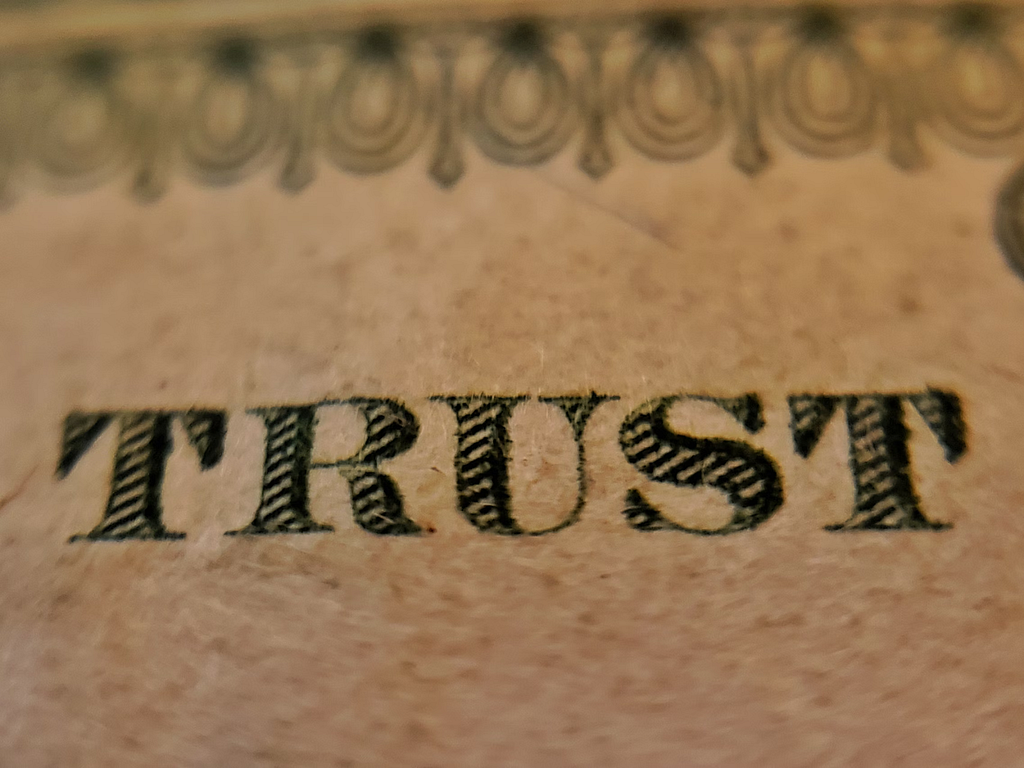Psychological safety in the workplace means creating an environment where team members feel safe to share ideas, concerns, and mistakes without fear of punishment or humiliation, fostering innovation, productivity, and employee well-being.

As a neurodivergent woman of colour, I’m no stranger to the anxiety of career shortening conversations, challenging the status quo and being the voice of marginalised groups. Psychological safety and speak-up culture are hard to come by; their presence or absence are instantly felt, not necessarily spoken. We’ve all been to that awkward meeting where you’re being told it’s a ‘safe space’ when it clearly isn’t — as if safety can magically be switched on-demand.
But how can we build psychological safety in tangible, practical ways that aren’t too daunting to begin with? What are leaders’ responsibilities to play in this? What are the risks if we don’t take psychological safety seriously?
This is a summary of a talk show style interactive session Abigail Vint and I recently ran with the Experience Design capability at Kainos , based on our collective experiences on building psychological safety on a client project over the last 2 years.
Let’s dive into what psychological safety means and why it’s crucial for our teams.
What is psychological safety?
Psychological safety is the belief that you won’t be punished or humiliated for speaking up with ideas, questions, concerns, or mistakes. At work, it’s a shared expectation that teammates will not embarrass, reject, or punish each other for sharing half-baked ideas, taking risks, or soliciting feedback.
It’s not about everyone being nice to each other all the time. It means people feel free to brainstorm out loud, voice half-finished thoughts, challenge the status quo, share feedback, and work through disagreements together. It’s the reassurance that leaders value honesty and team members have each other’s backs.
Why is psychological safety more than just a “nice to have”?
Psychological safety can improve:
- Productivity and profitability
- Risk-taking and innovation
- Colleague and client relationships
- Diverse talent development and contribution across levels
- Risk management
- Employee wellbeing and retention
- Organisational culture
When people feel comfortable bringing their full, authentic selves to work, they are happier, more productive, and more engaged. Research shows that increasing psychological safety results in a 27% reduction in staff turnover and an increase in productivity.
What happens if we don’t have psychological safety?
Without psychological safety, people are uncomfortable raising concerns, leading to initiatives that aren’t working moving forward anyway. This can result in massive ethical and safety risks, silenced whistle-blowers, and disengaged talent. The organisation isn’t equipped to prevent failure, and ideas aren’t stress-tested, processes aren’t optimised, and solutions aren’t vetted. This impacts wellbeing, trust in leadership, and overall productivity.

Why does leadership behaviour matter so much in building psychological safety?
Research has shown that people who speak up with ideas feel more pride, reducing their avoidance of others. Those who raise concerns about potential errors feel more anxiety, which increases their avoidance of others and reduces their engagement.
How leaders respond to employee voices when they speak up about concerns — matters a lot. Leaders can dispel this anxiety by responding positively to concerns. Associate Professor of Organizational Behavior and Theory at Carnegie Mellon University Rosalind Chow says,
“If you want to create a more inclusive environment, don’t shut people down. Thank them for being willing to share their thoughts. You may very well disagree with them in private, but doing so publicly does not serve anyone.”
When leaders thank employees for sharing their thoughts, it fosters pride and reduces anxiety, encouraging more active participation. For example, Workday Peakon Employee Voice has a leadership reply feature to acknowledge and thank employees for their feedback in anonymous surveys.
As Responsible Design Consultant Cecilia Scolaro says, safety and psychological wellbeing are rooted in relationships. For people to feel safe, they need to trust their leaders, know that their interests are protected, and see that their feedback leads to action. Leaders need to be open to feedback, admit mistakes, and apologise. Accountability and justice are crucial; if something goes wrong, people need to see that consequences are enforced.

How can we create psychological safety in our project teams?
Proactively embedding safety into ways of working is key. Here are some proven tools and strategies we’ve used in project teams you can try:
During kick-off
- Manual of Me (MoM) — encourage team members to share working preferences they’re comfortable disclosing (e.g. communication styles, optimal work conditions, triggers) in a quick-read document. We run MoM workshops using virtual white-boarding tools in person, but remote and hybrid works too.

- Team Charter — unify the team on a vision and mission, outlining goals, values, roles, and behaviours in a team charter together. This way, all members get a voice, which helps with buy-in and increases accountability during project delivery.

Team building
- Lifeline — each team member charts the highs and lows of the life that have shaped the person they are at work. This is best done in person and is a great way to get to know people deeply with only the data points they feel comfortable sharing. “I built a year’s worth of relationships in that one exercise” said one team member.

- Anxiety Party — this sounds scarier than it is. Originating from Google, the idea is to encourage sharing issues teams wouldn’t normally talk about — and relieving a lot of their anxieties, too. Each team member writes down things they are worried about in their role and shares their biggest worry. The rest of the group then ranks how much that worry impacts them personally, from it being a non-concern (and hence nothing to worry about) to a valid problem that collectively as a group, can be addressed. This is a vulnerable exercise, so it does require the team to already have some safety with each other. When done well it is cathartic and strengthens trust within the team.

Regular check-ins
- 5-word Fridays — on Fridays we ask everyone to give five words about their weekend plans — which may or may not be a full sentence and usually is not! We have done this live in stand-ups but also in Teams chats when we aren’t meeting, to have everyone post their Five Word Friday (or 5WF as we have affectionately acronym-ed it!). The beauty is in its simplicity — it’s quick and a great equaliser, lowering the barrier for quieter voices and people who find it frustrating to have forced small talk. This small gesture has taught us a lot about each other.

- Team temperature check — an anonymous team sliding scale inspired by Maslow’s Hierarchy of Needs, where team members can rate their satisfaction on core team needs from psychological safety, workload balance to progression opportunities. We use this as a warmup exercise before retrospectives, allowing us to compare changes over time and spark conversations.

Final thoughts
Psychological safety is earned, it cannot be demanded or assumed. It’s based on trust, and once broken, it’s hard to repair.
Here’s a starter for 10 of things you can do to help build psychological safety in your team, inspired by product designer Emily Anderson
When was the last time someone asked how you really were?
If you can, just try to make people feel seen…
- Does someone seem off today? Check up on them
- Make space for people whose voice isn’t as loud. Use Zoom/Teams’ hands-up function and give space for people to speak — encourage leaders to do this too
- Try not to jump straight into the meeting agenda
- Add a recognition section in retros to celebrate people’s achievements and efforts
- Tell people if / why you appreciate them
- Ask questions and consciously listen. Value different disciplines and perspectives that contradict with your own
- Introduce yourself but you can’t say what you do for your career, where you’re from or where you live
Remember, progress over perfection is key.
Want to learn more about the techniques we’ve shared or how to build psychological safety in your team? Have you tried any of these — how was it for you? How do you build psychological safety and speak-up culture in your organisation? Message in the comments below or feel free to DM me.
This was originally published on LinkedIn.
Creating psychological safety in the workplace was originally published in UX Collective on Medium, where people are continuing the conversation by highlighting and responding to this story.

Leave a Reply